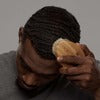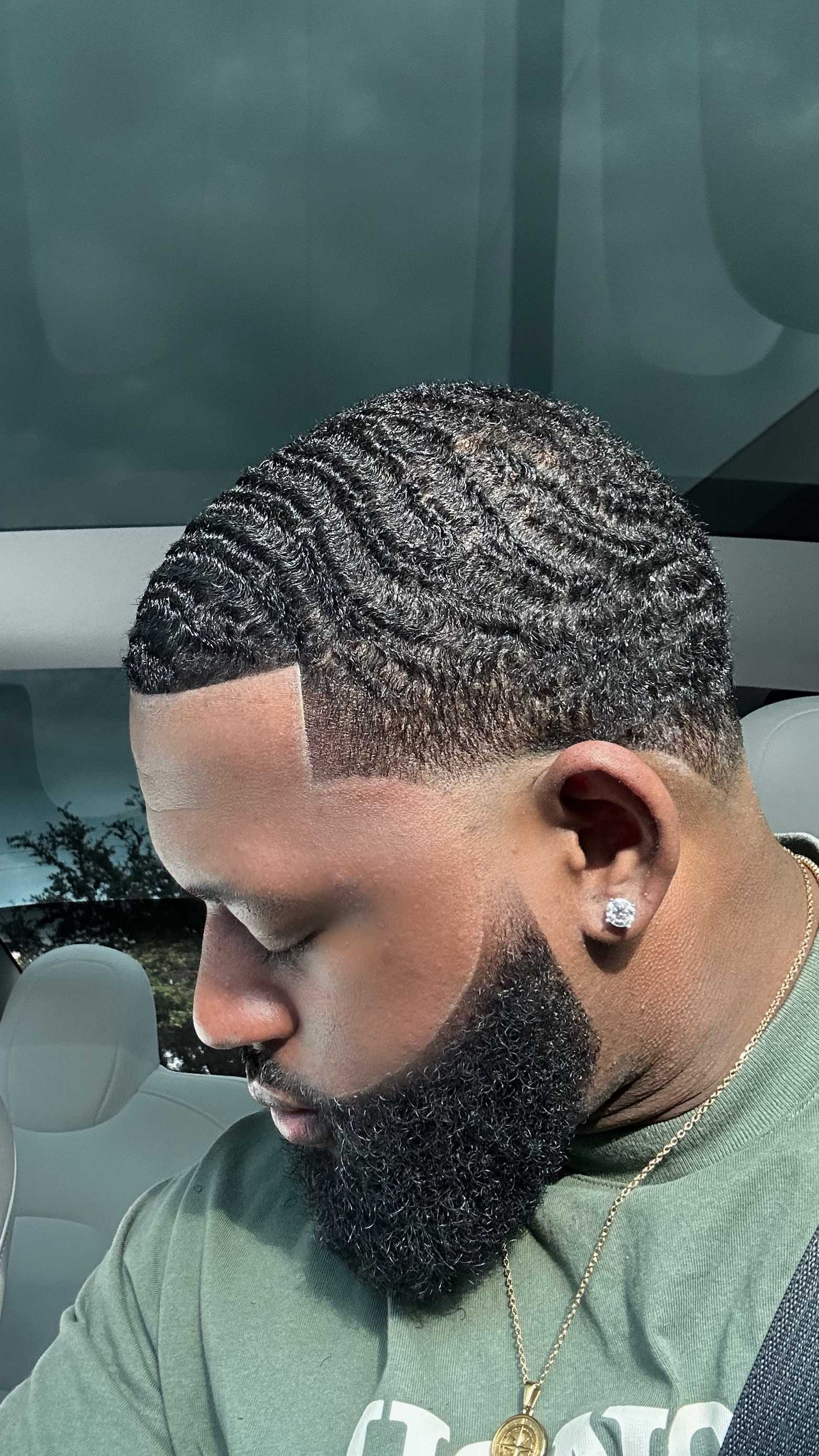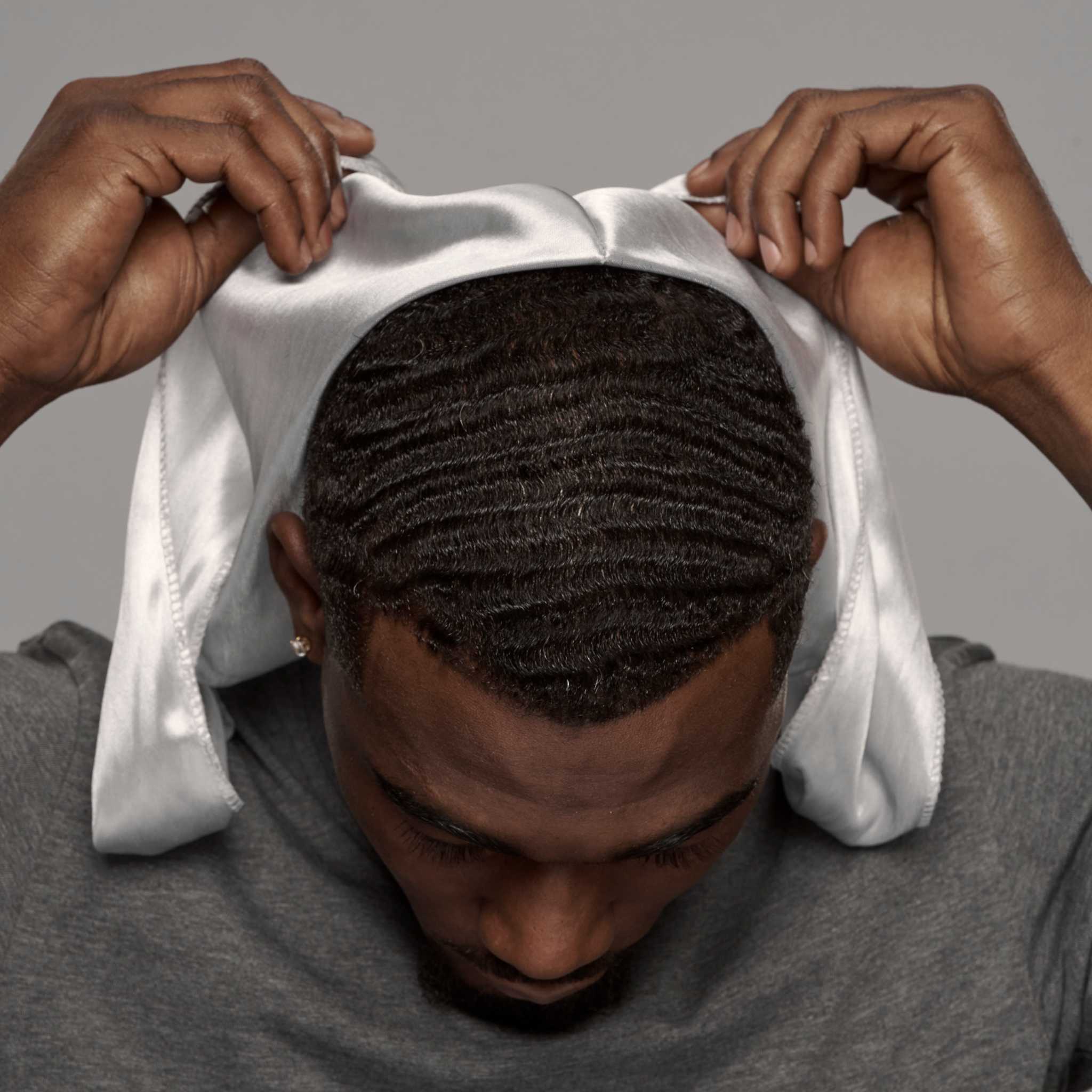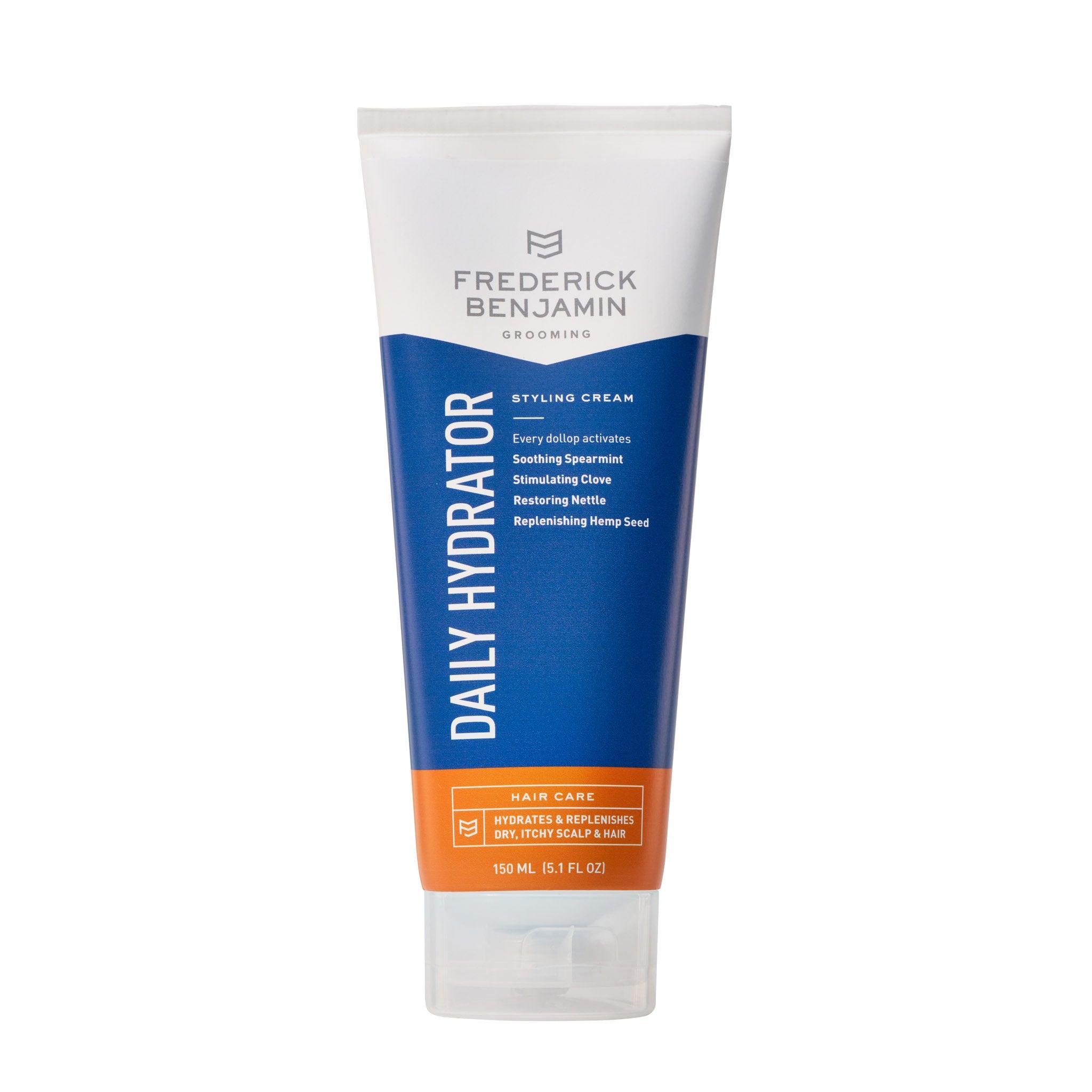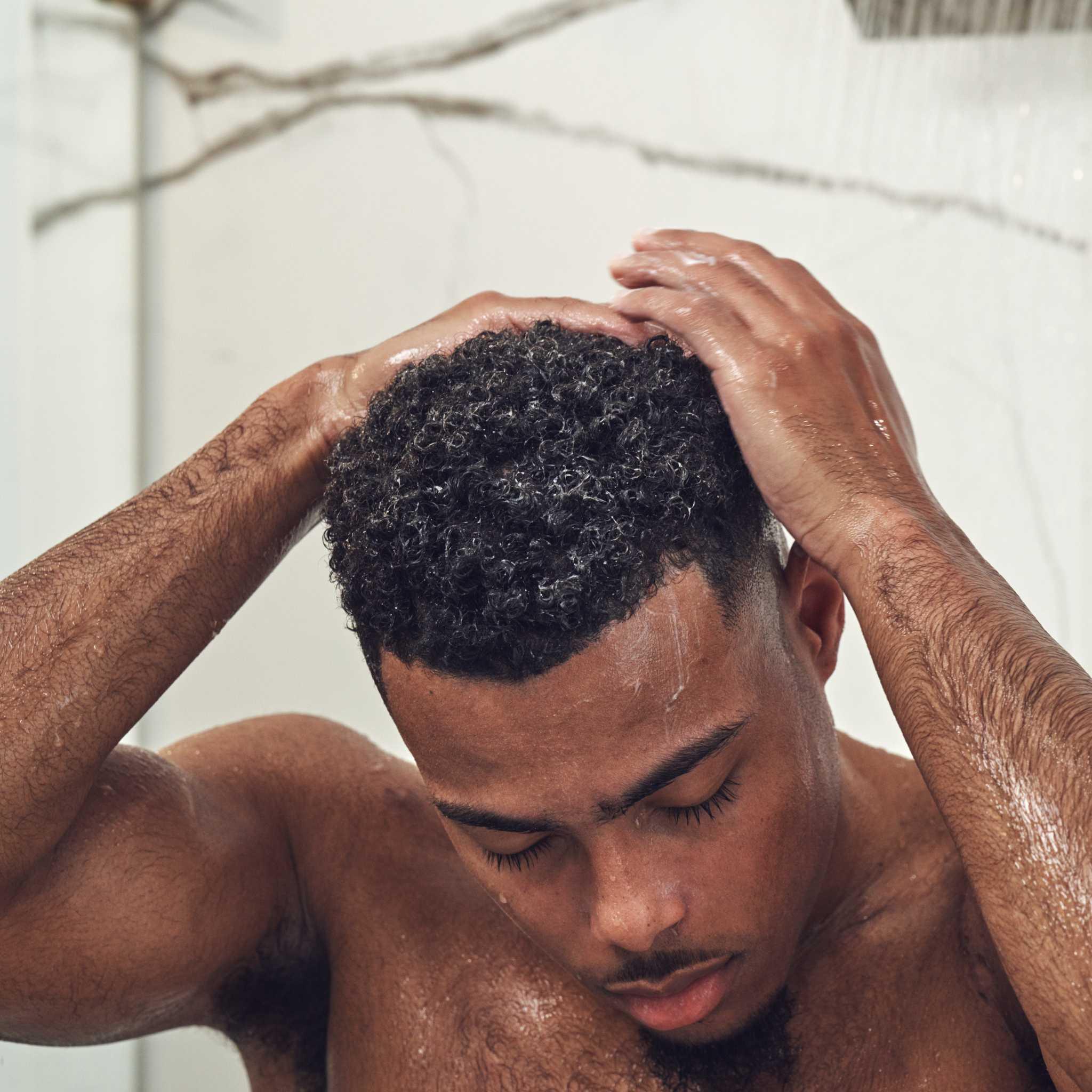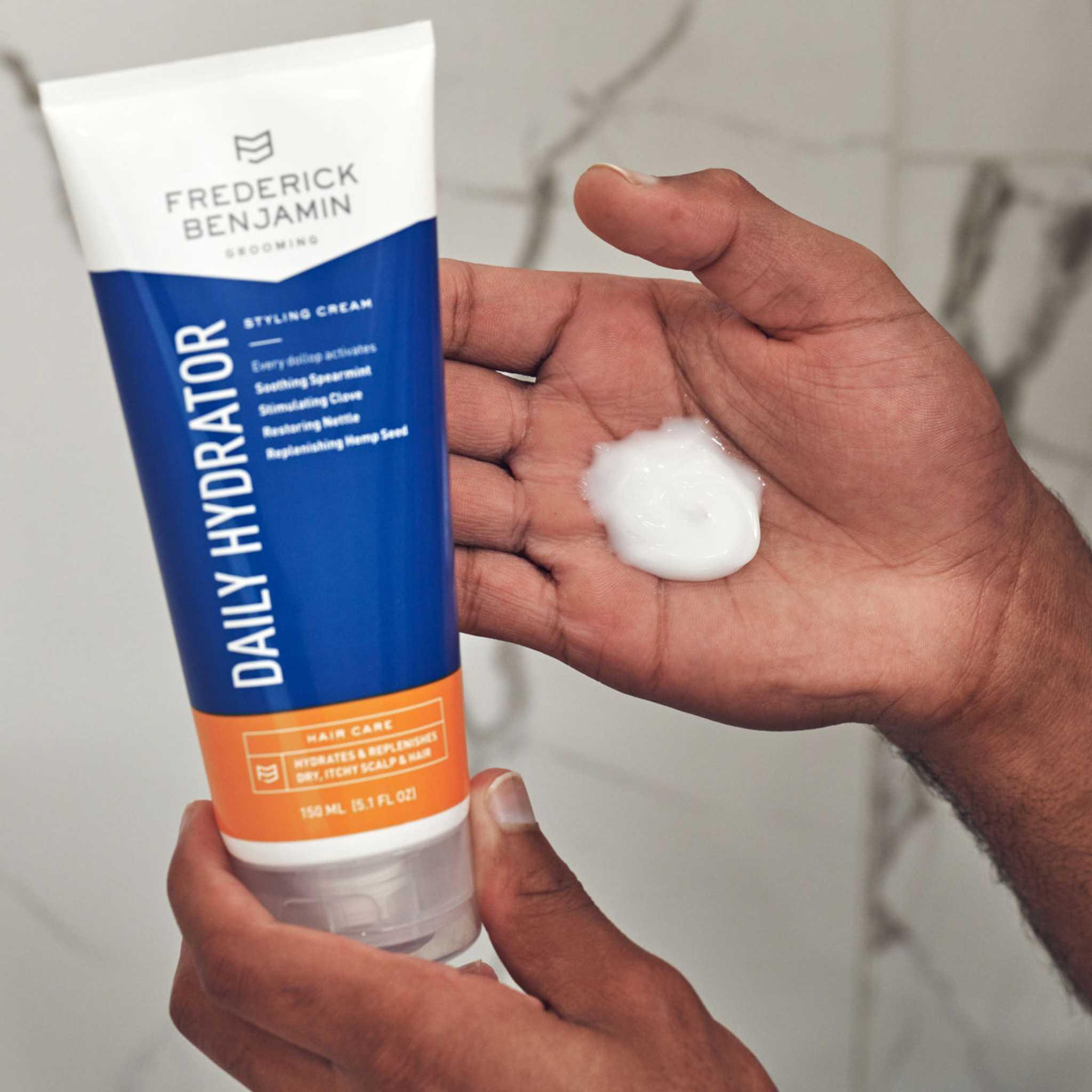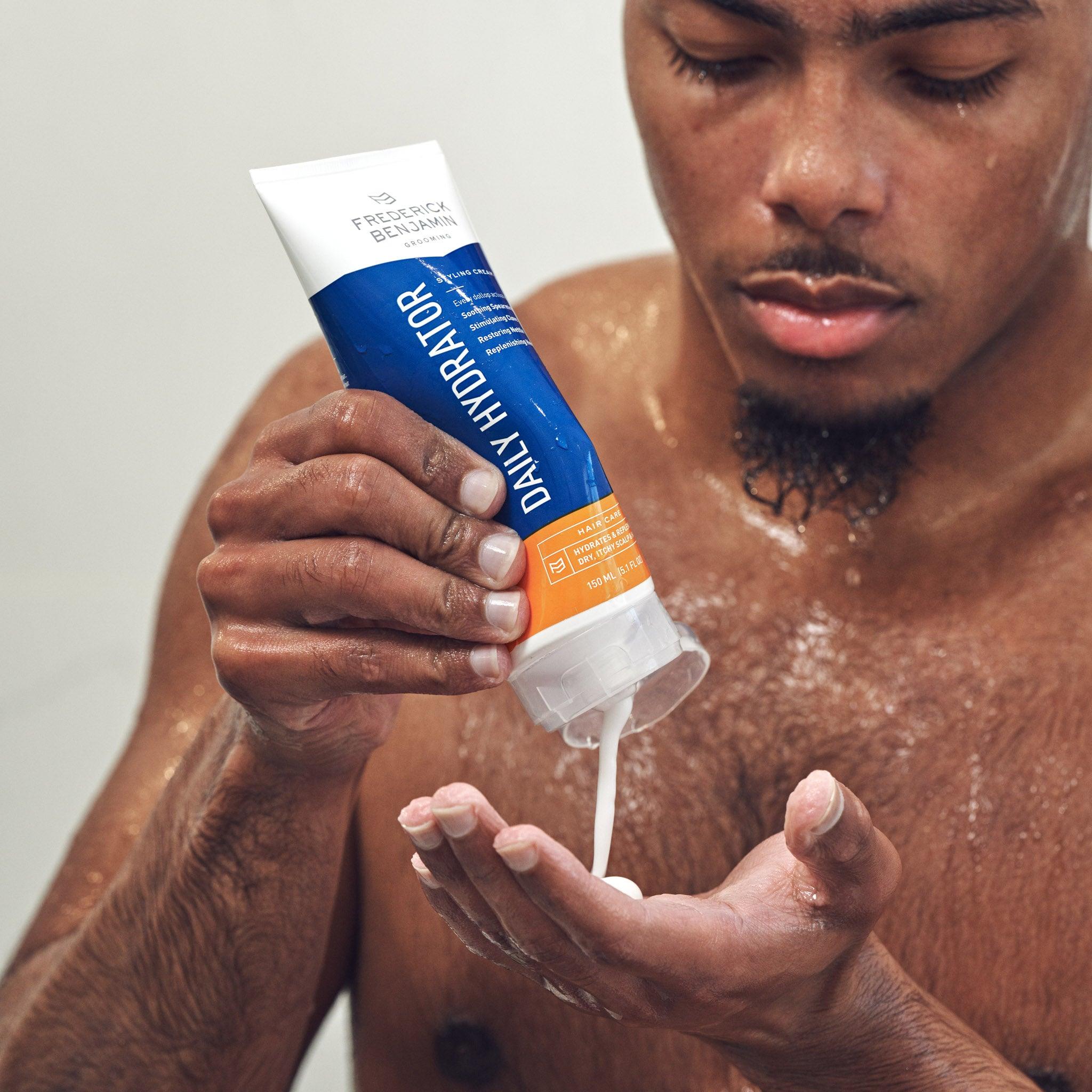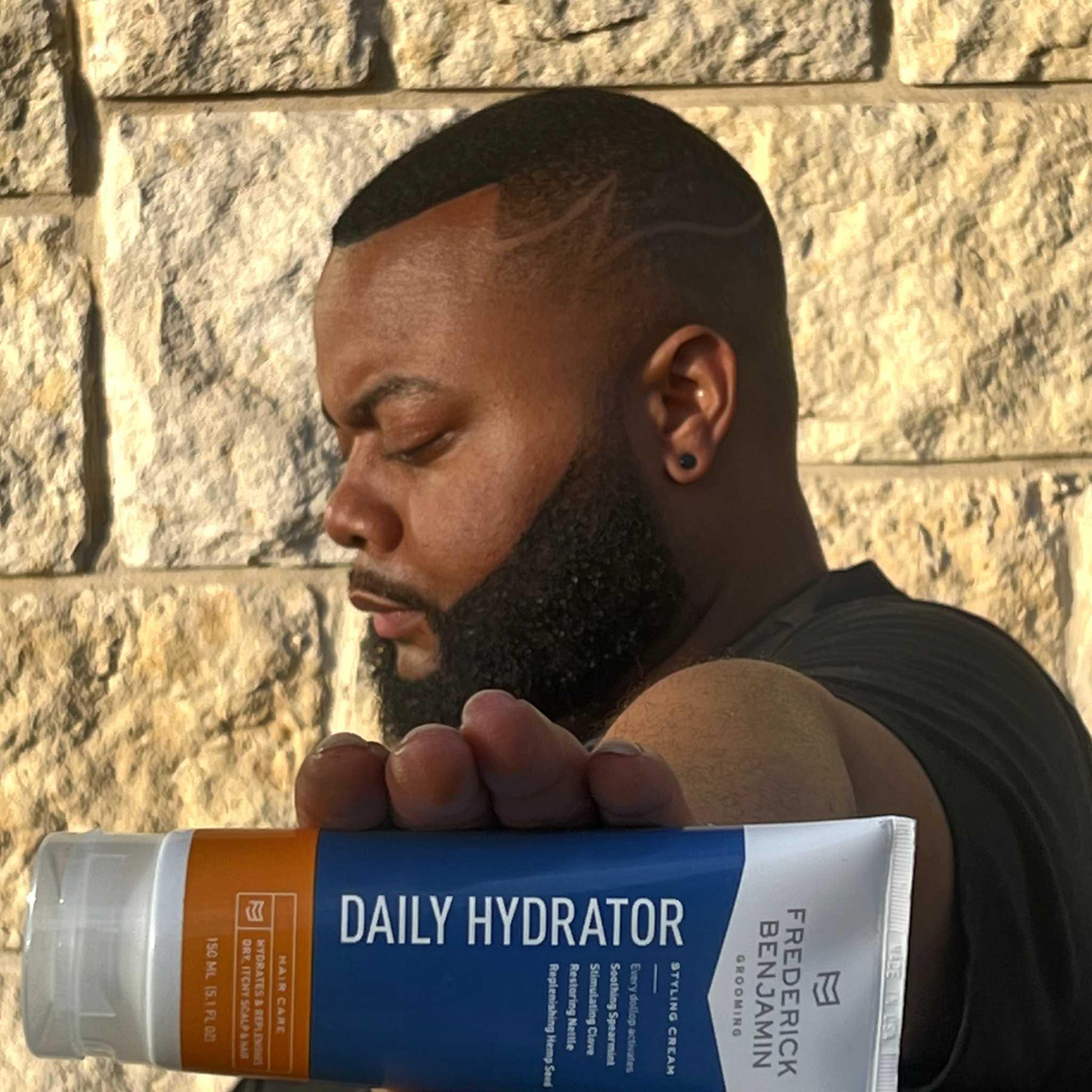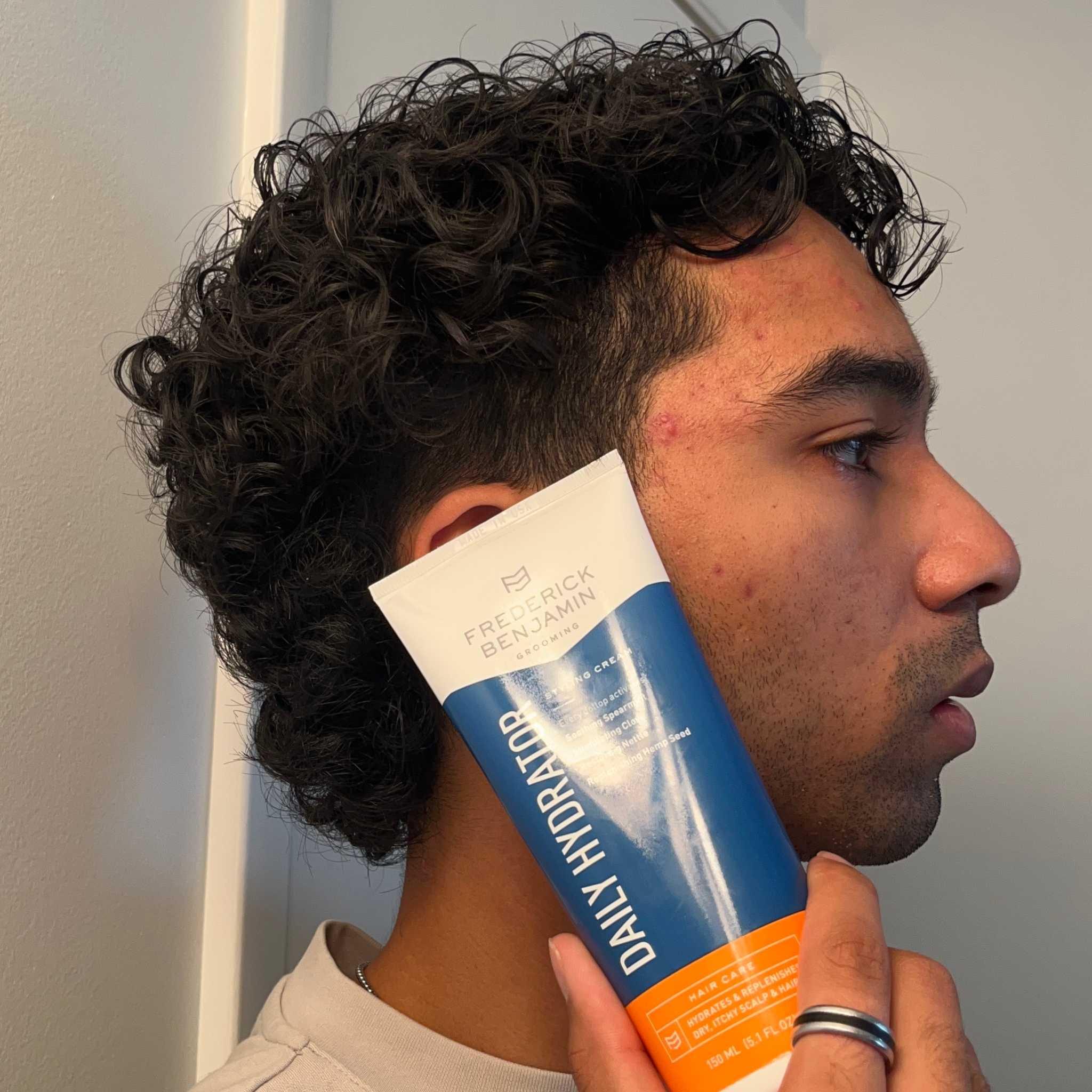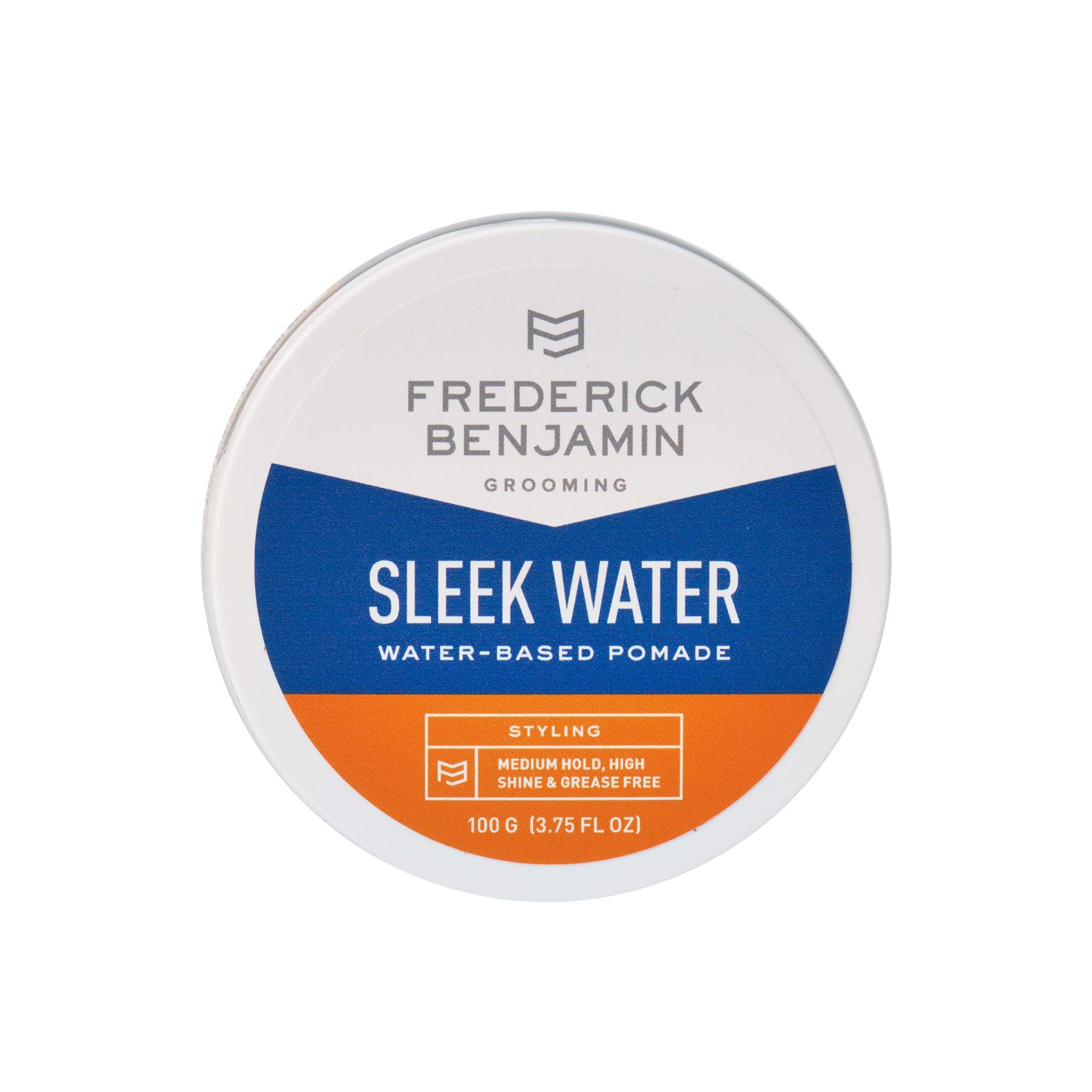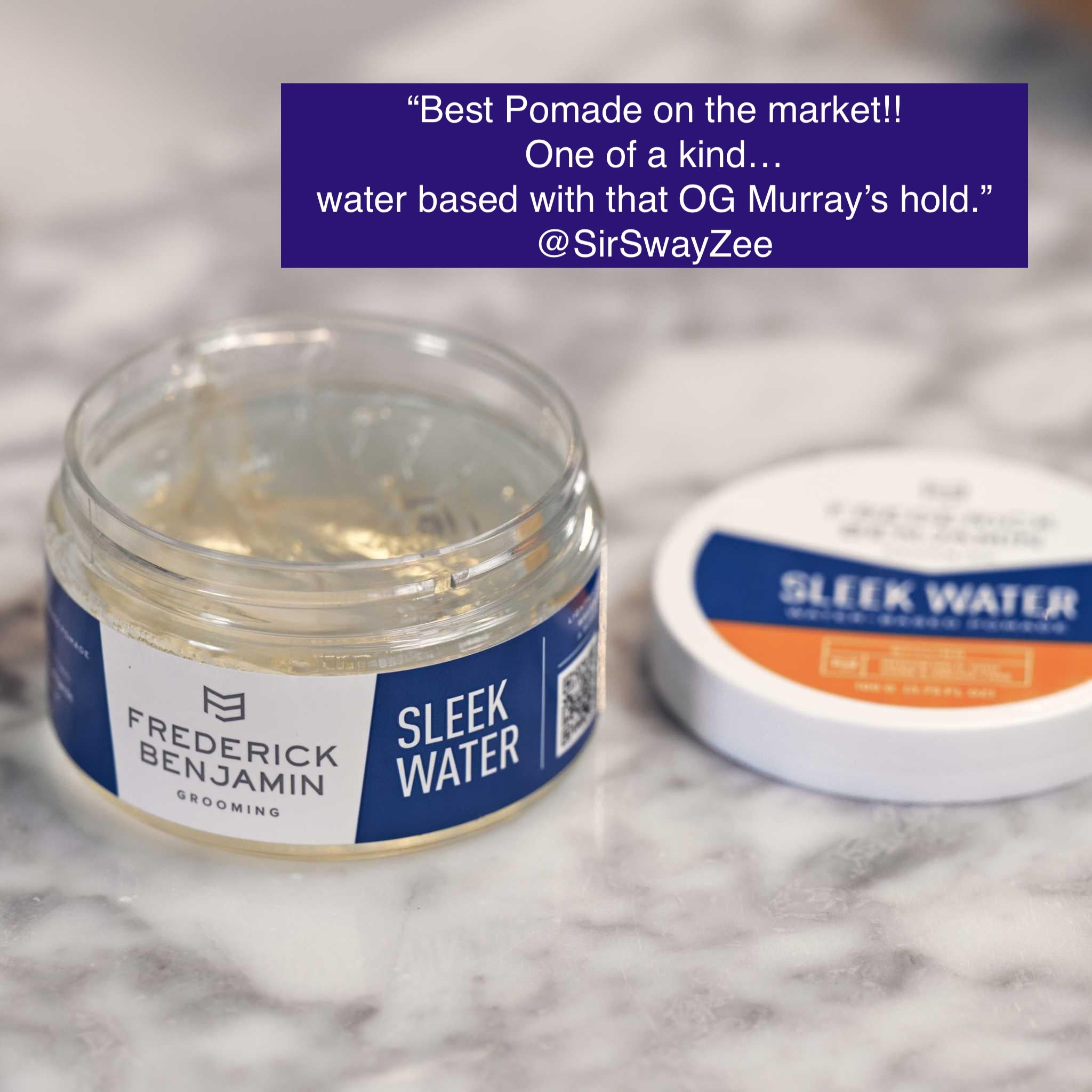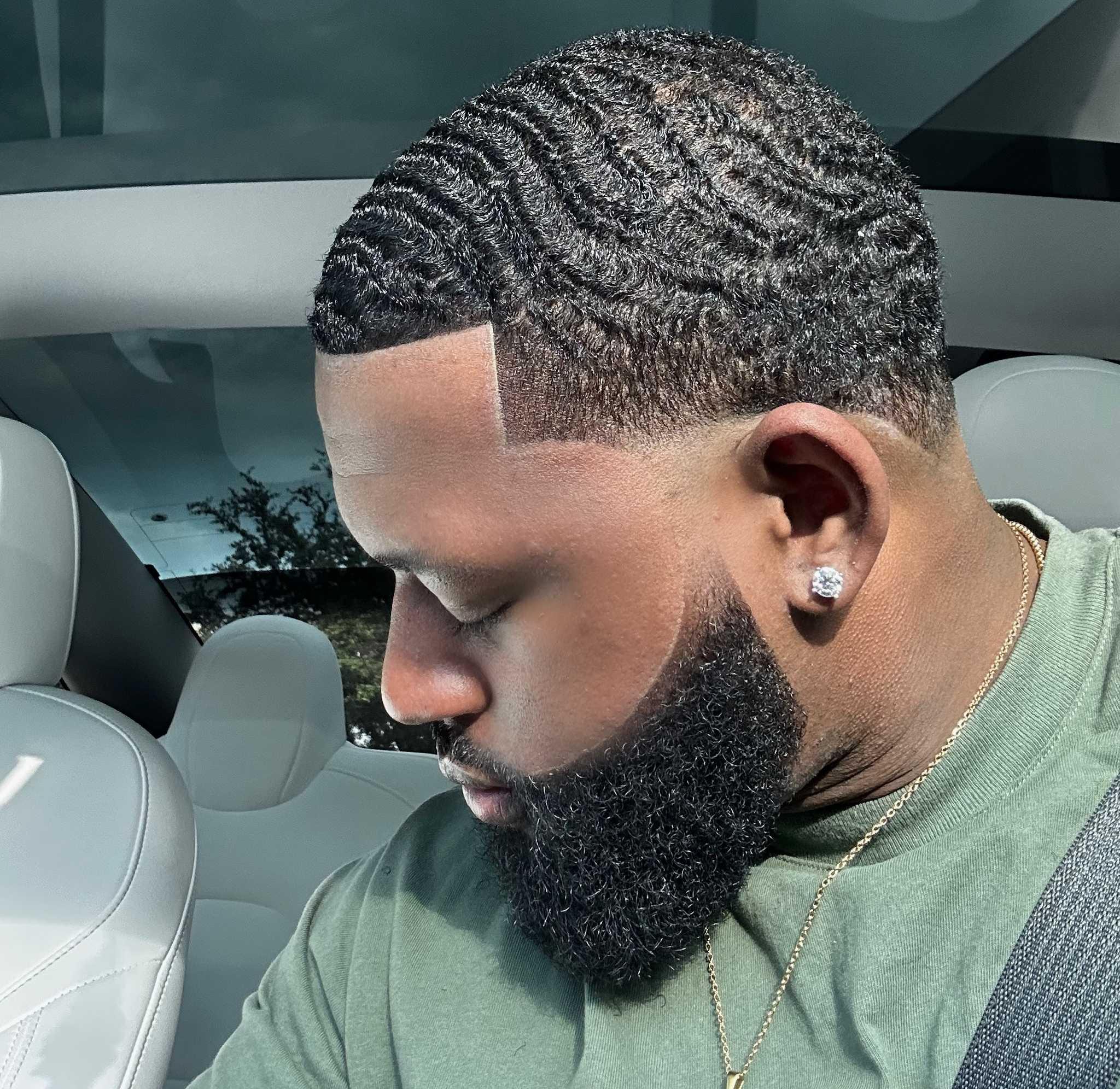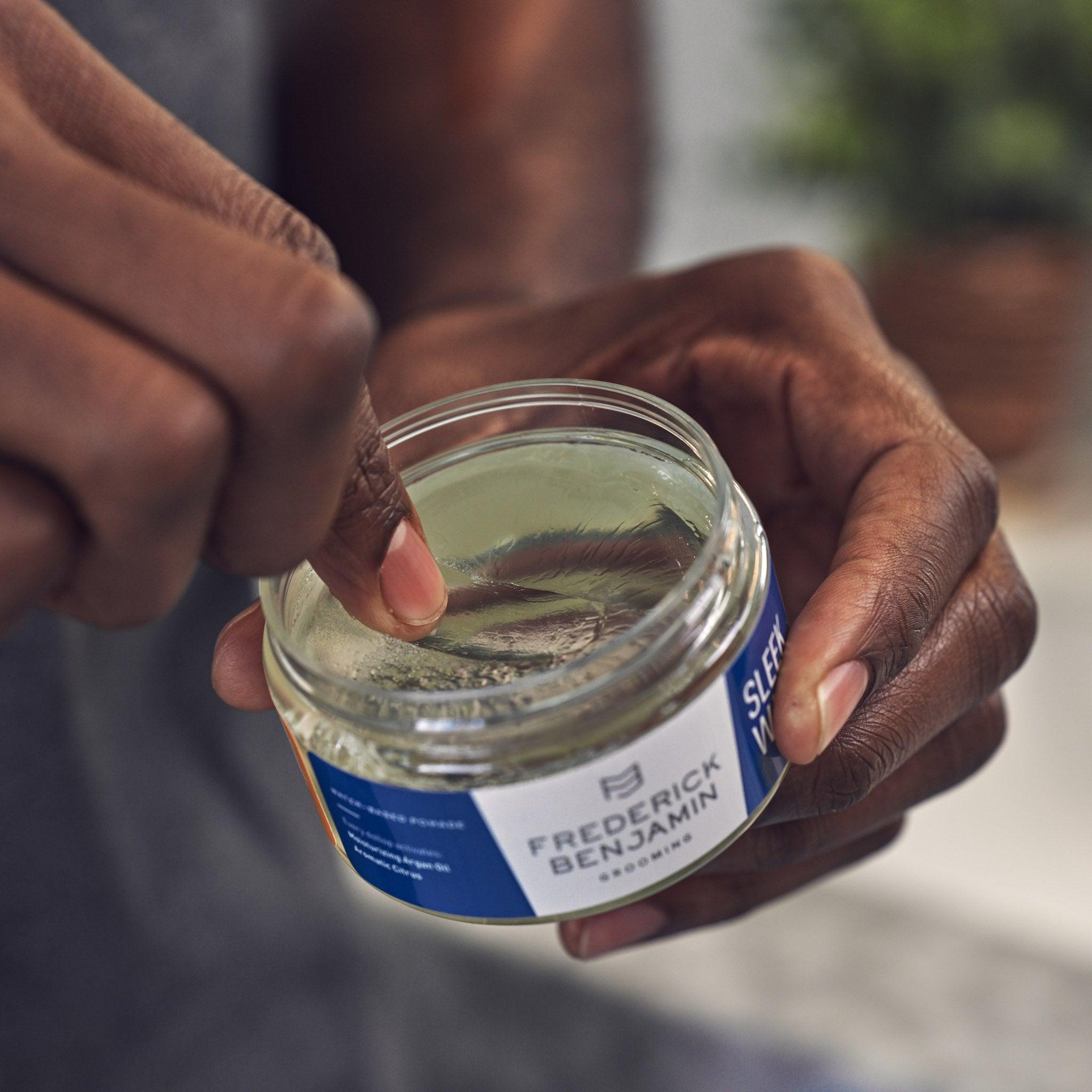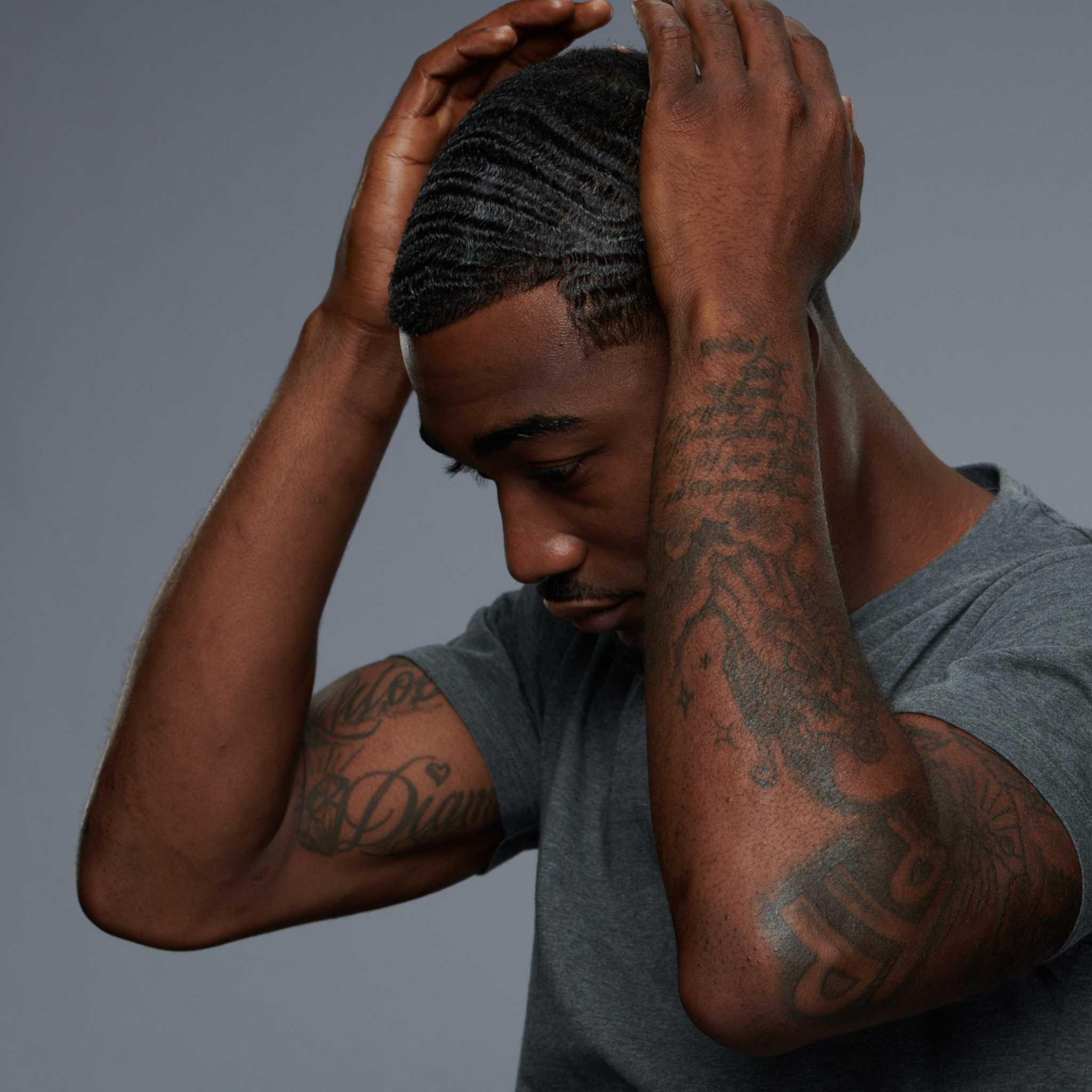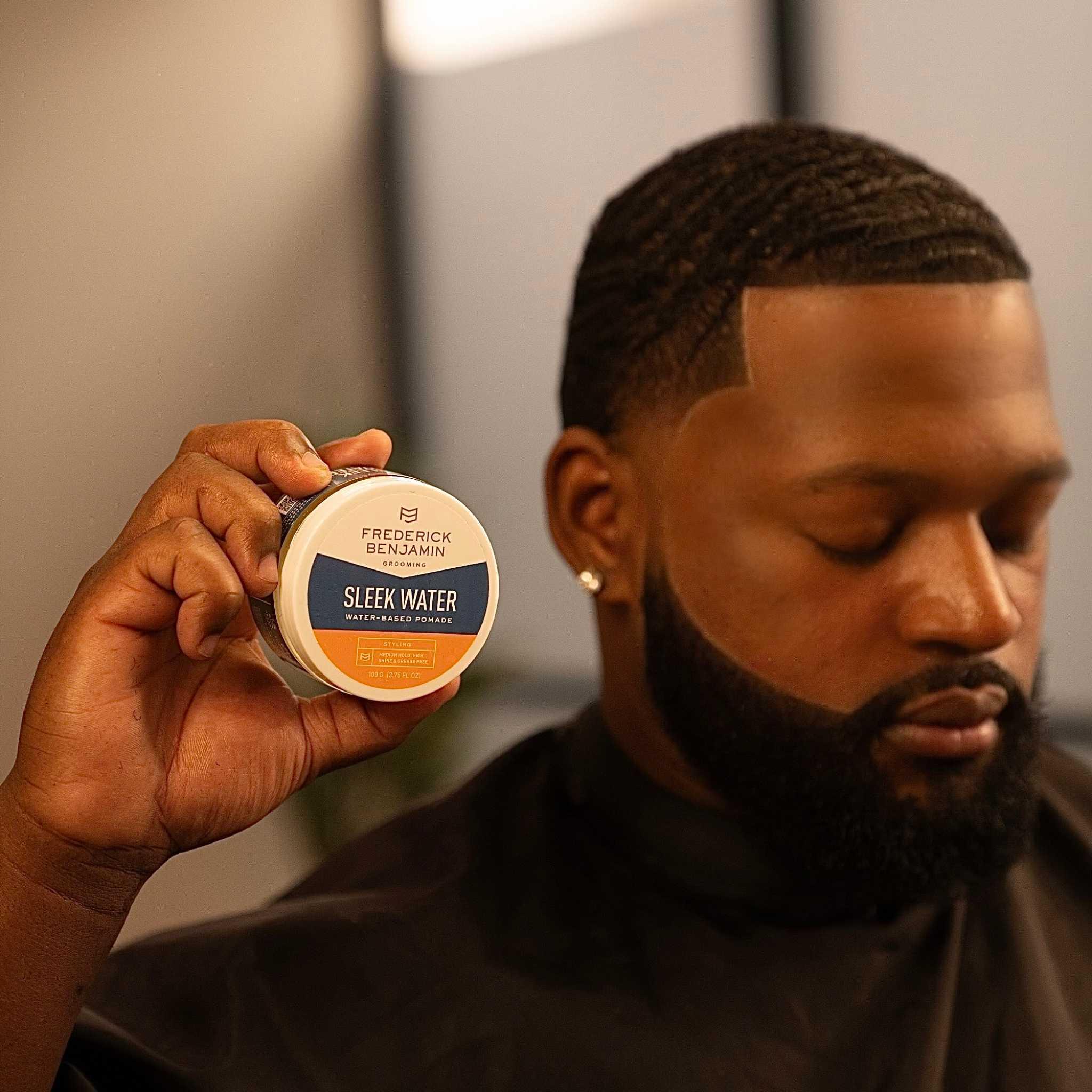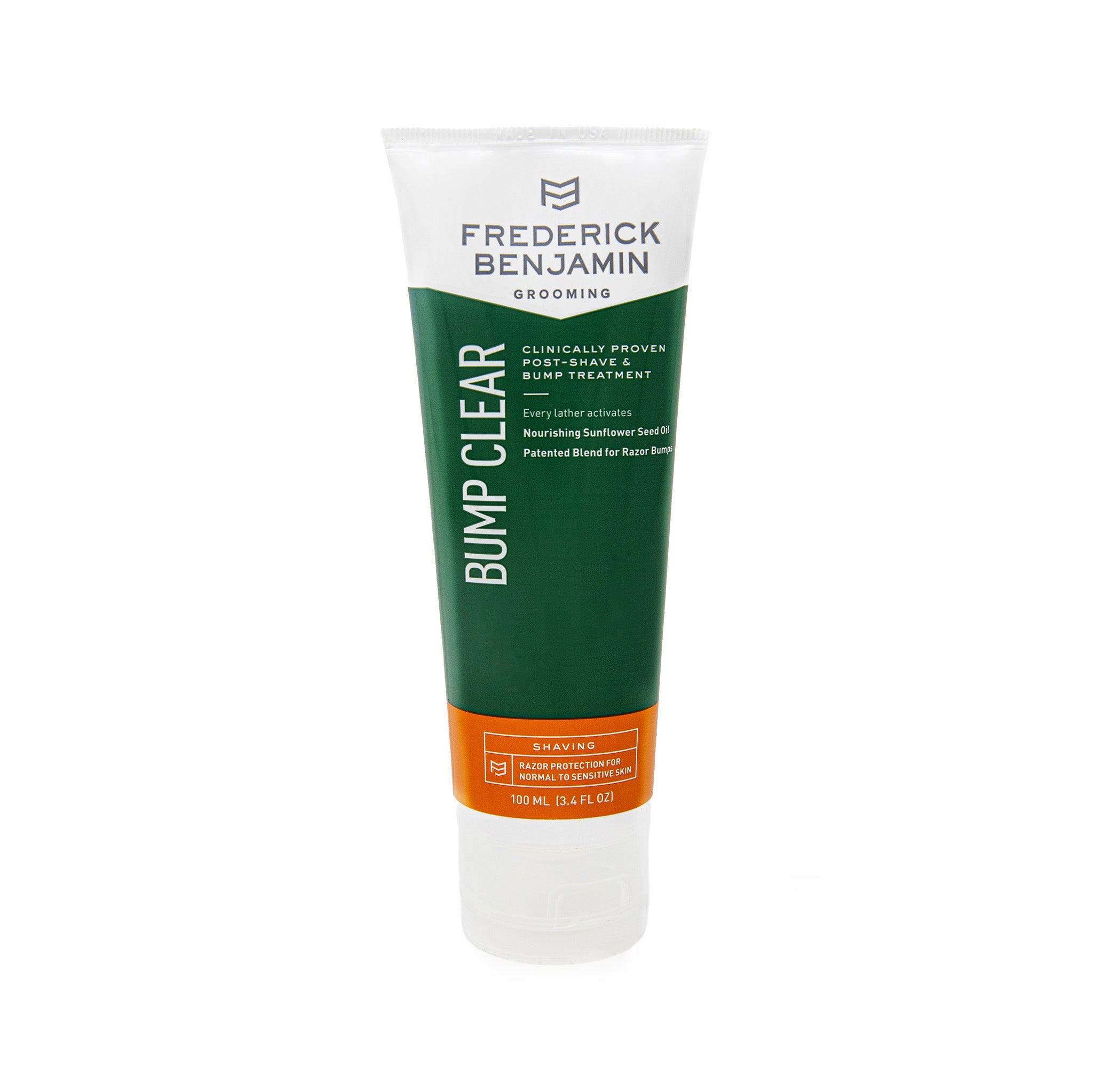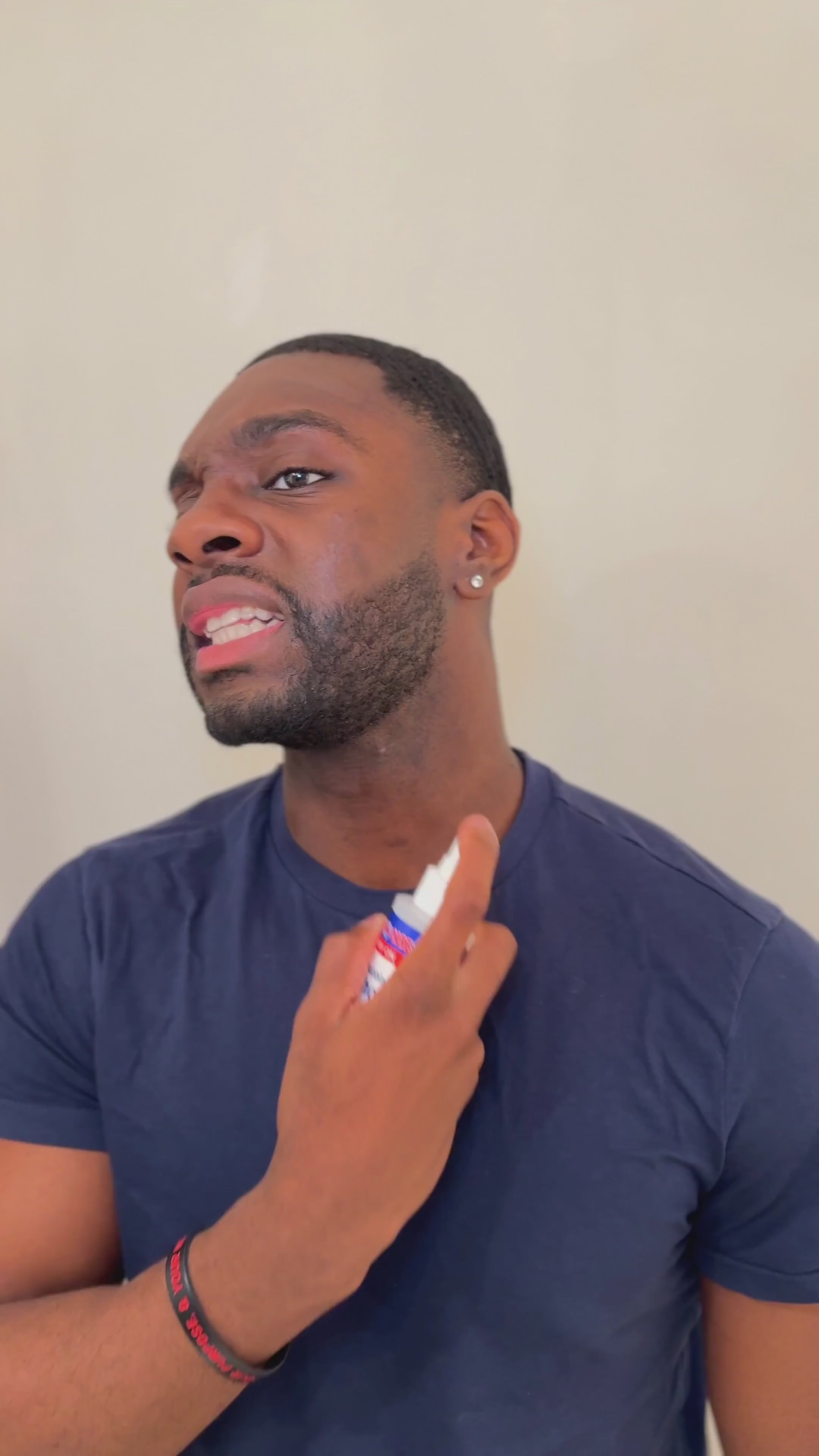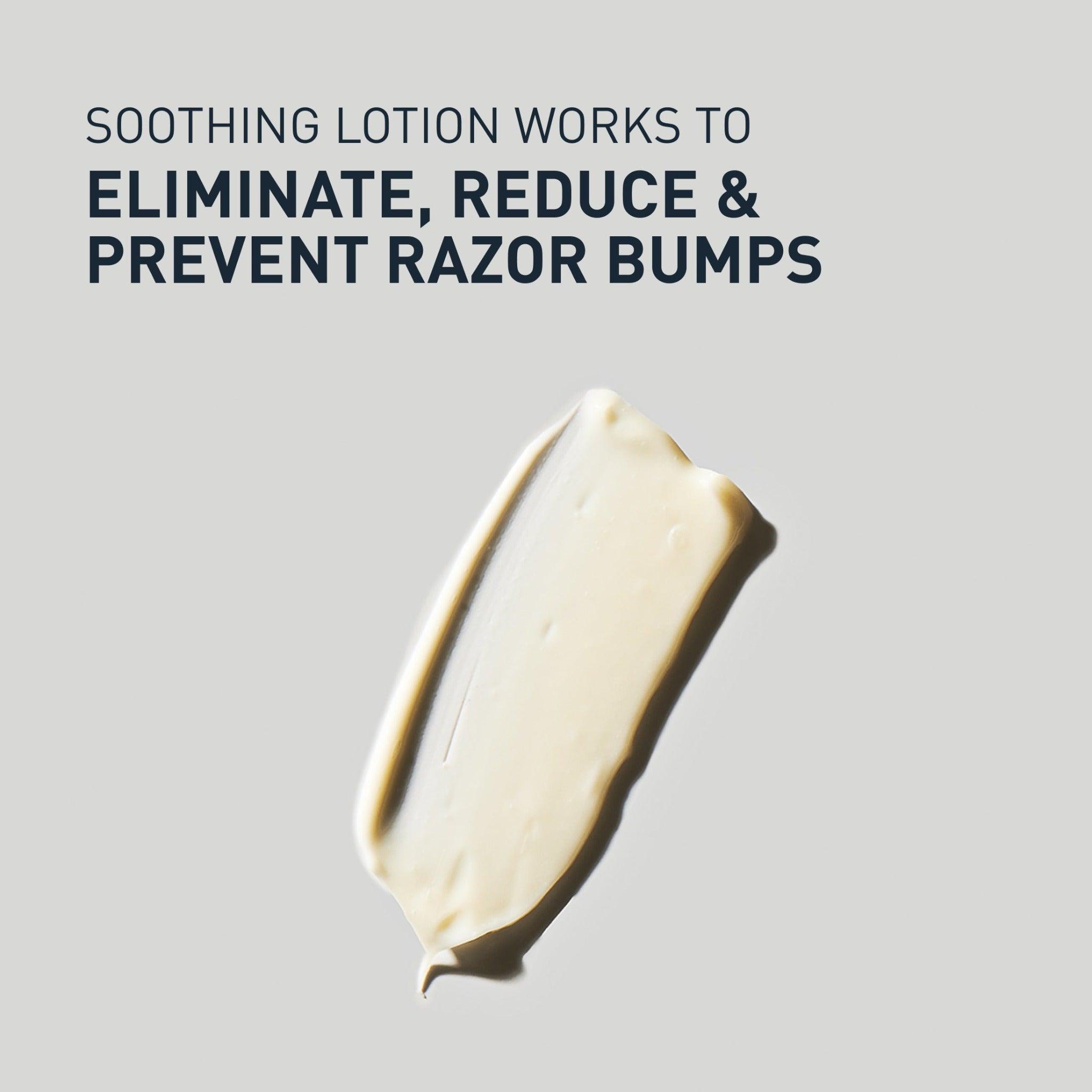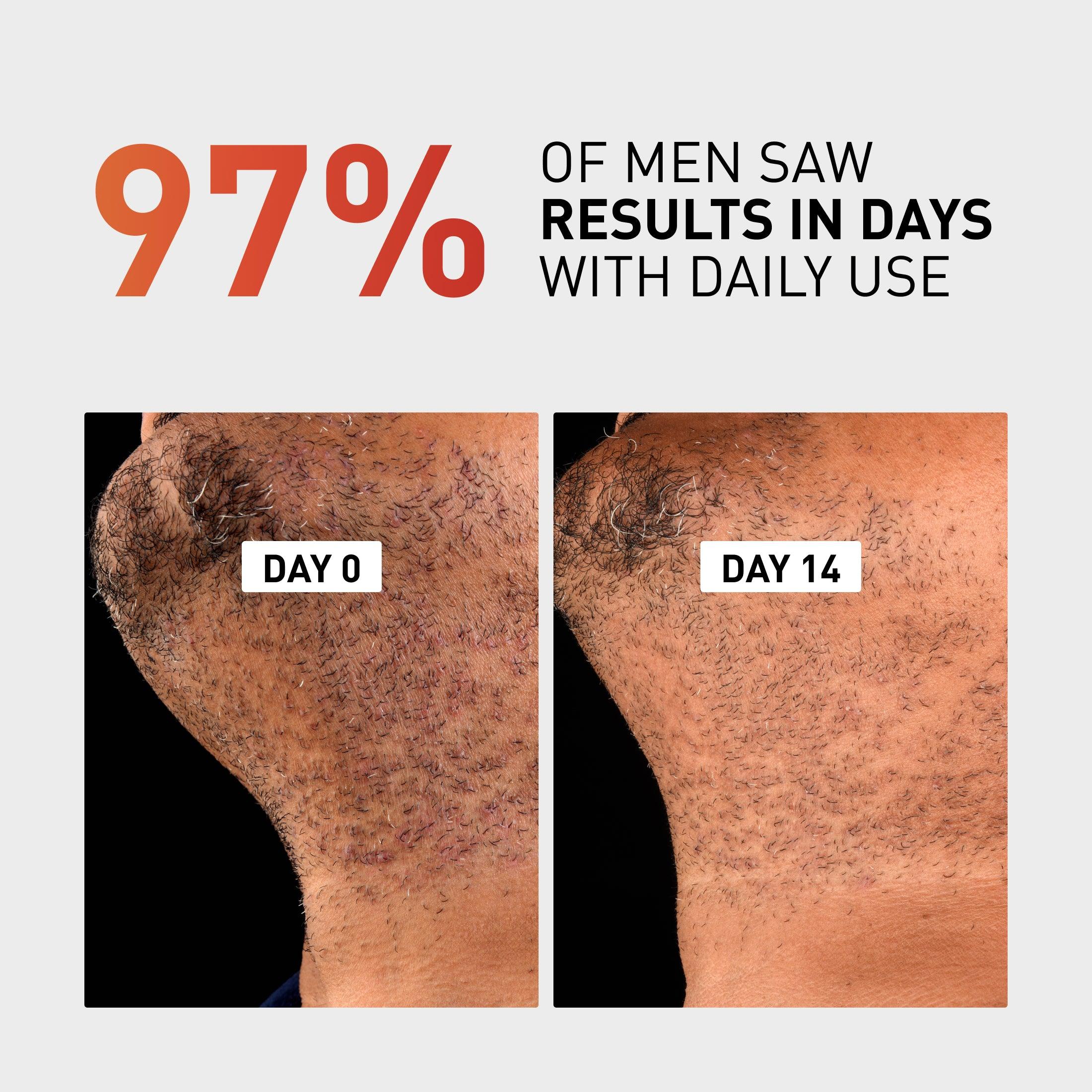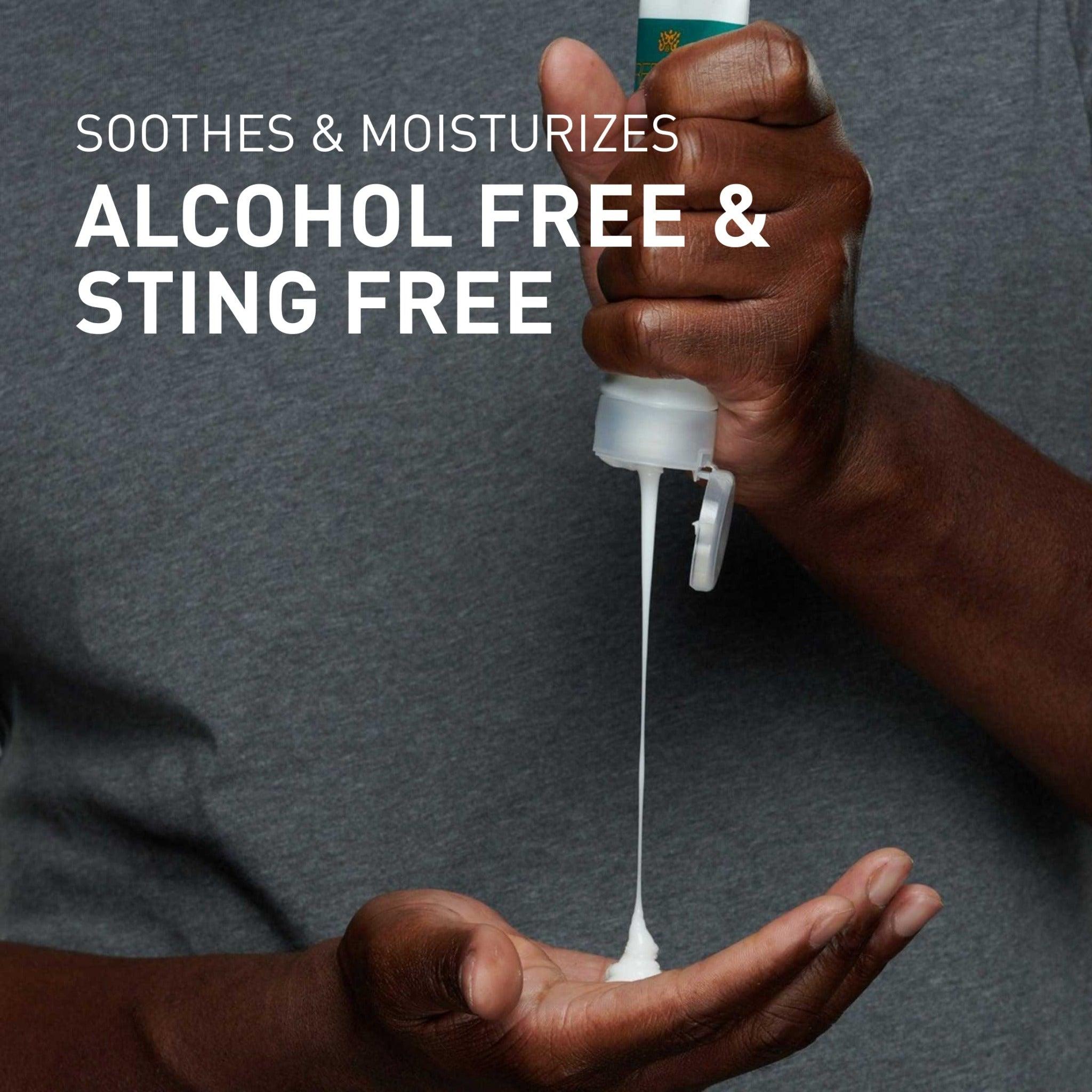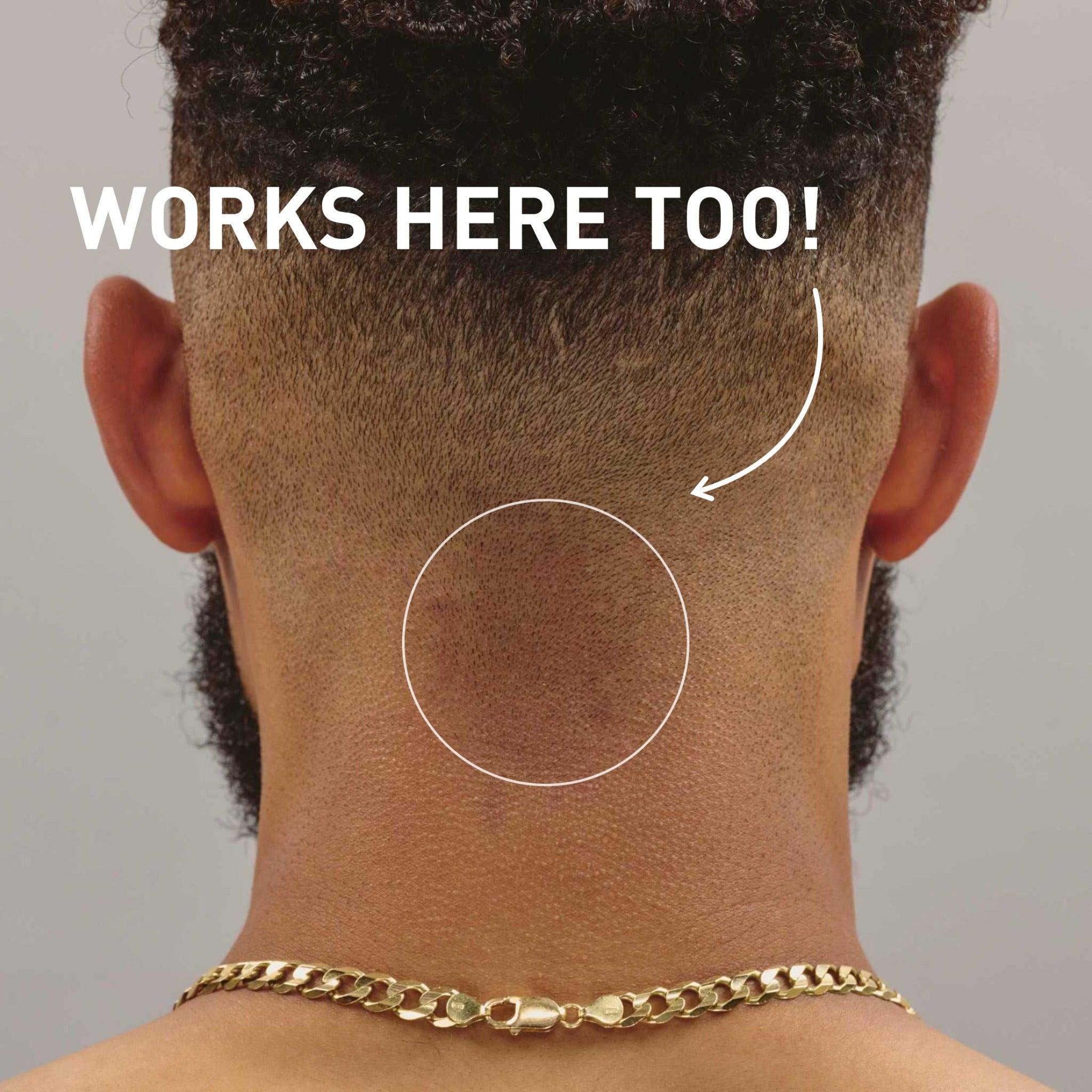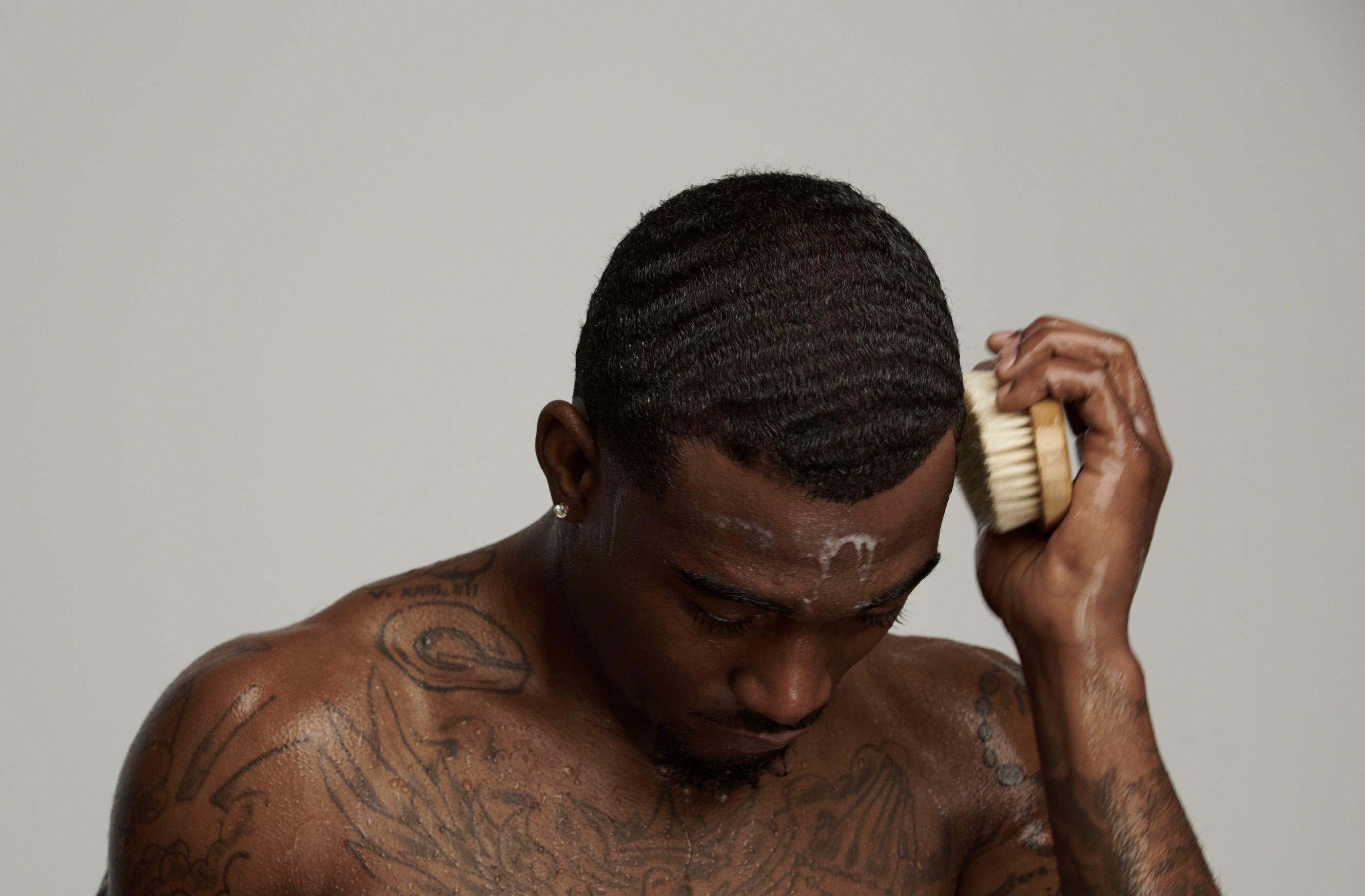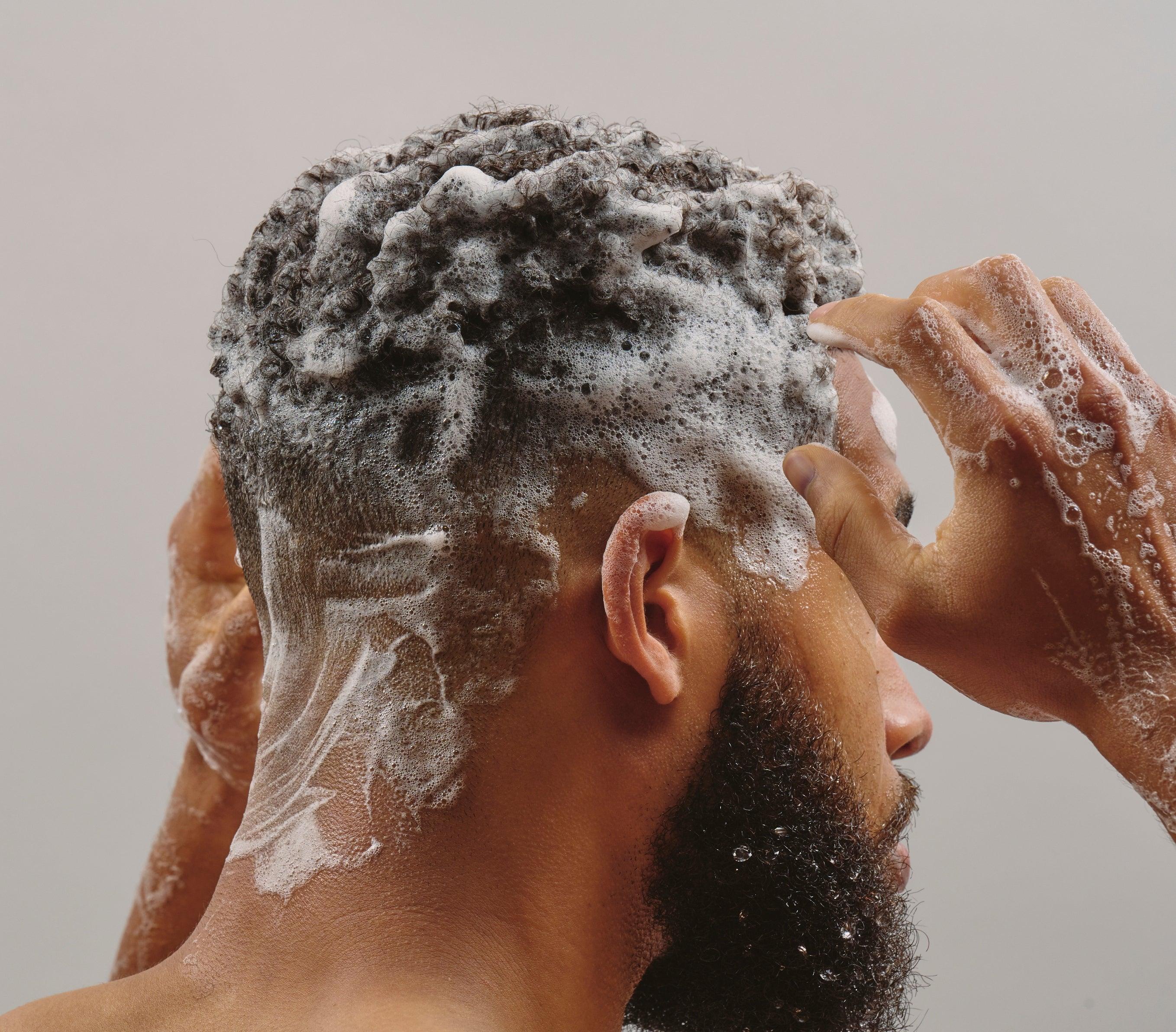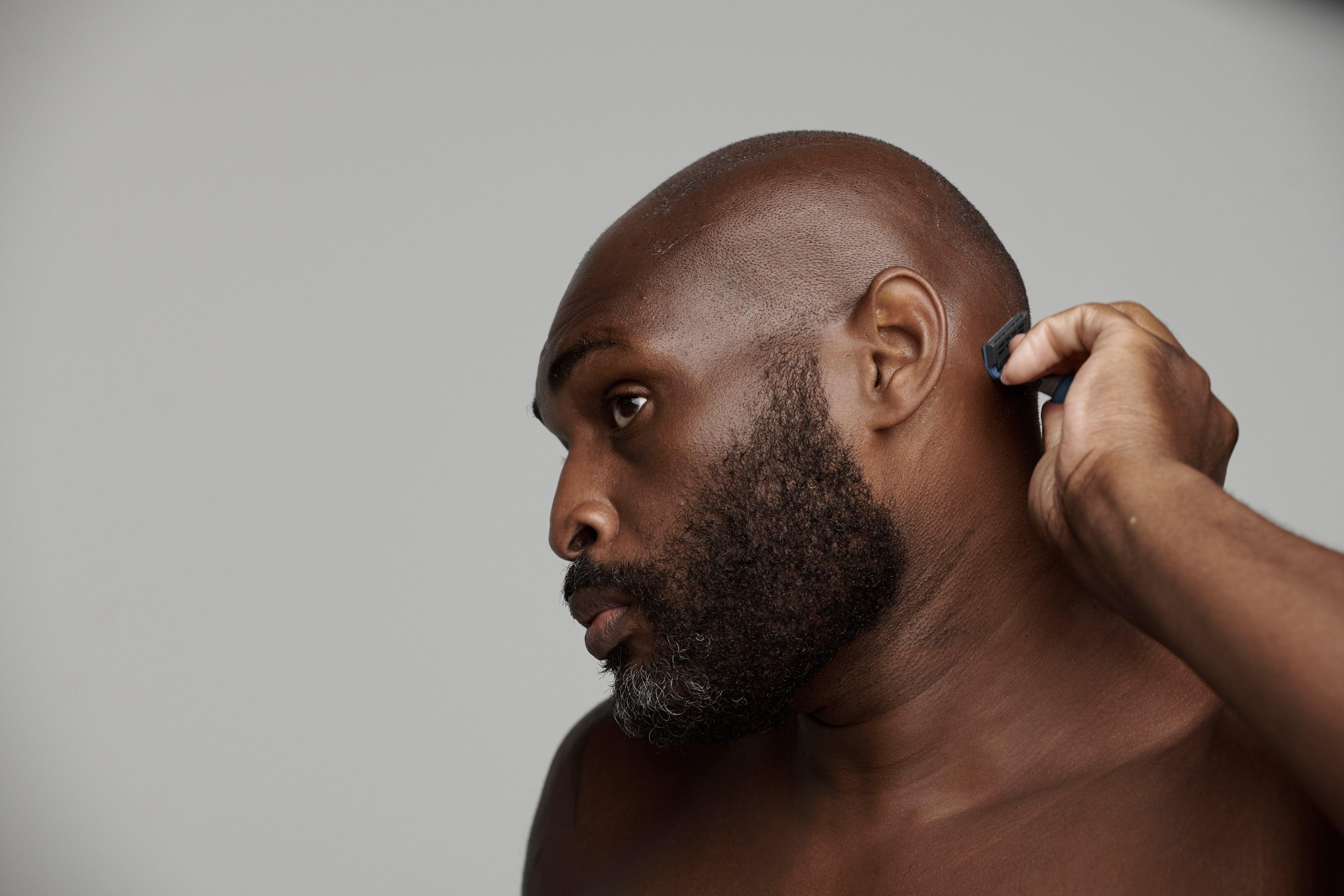Listen, we know the feeling. You look in the mirror, lift your chin and turn your head from side to side. The bumps are there. Probably have been for a while. And, you just don’t know what to do about it...
Despite what you’ve been told, men need skin care too. Seriously, it’s not enough to shave and just hope for the best—like everything else, your grooming regimen should be intentional.
But before we dive into why men of color get razor bumps more frequently than their counterparts, let’s start with the basics: what they are, and why you get them. The team behind Frederick Benjamin Grooming wants you to look your best — but without the frustration, pain, and irritation. For every grooming problem, we have a solution...hint: Bump Clear.
Razor Bumps, Explained.
Dubbed as pseudofolliculitis barbae by dermatologists, razor bumps are actually curled, in-grown that grow under the skin as opposed to outward. They usually appear along and under the jaw, neck and sometimes on the back of the neck. The result is a raised bump or painful, sensitive sore.
According to Black Enterprise, it is estimated that up to 80% of African-American men suffer from razor bumps at some point during their lives
Ingrown hairs are the often consequence of the improper removal of hair via shaving or plucking. So, whether you’re using your razor, tweezers, or even your hands, you’re putting yourself at risk for a potential infection.
So, Why Do You Get Razor Bumps?
Razor bumps are a common skin condition for men ranging from teens to those teetering retirement. Some brothers suffer from razor bumps starting from their very first shave. And, if they never change their shaving routine, razor bumps can linger and worsen. And, for the record razor bumps don’t only occur when you use a straight razor or single blade.
The fact is, razor bumps can happen even if you use the most high-tech, multi-blade razor on the market. And if you have coarse, curly hair, you’re more likely to frequently suffer from ingrown hairs.
To combat this, many men opt to grow a beard and limit interactions with a razor. But if a clean shave is part of your look (or any variation of a goatee, soul patch or solo ‘stache), then it’s all in how you shave to prevent razor bumps.
How To Prevent Razor Bumps
You can have a pain-free, bump-free shave, but to start, you need the right routine. There are a few things you want to check off your list when it comes to getting a great shave.
The first tip is to always start with a sharp blade. Dull blades tend to tug and pull hair from the follicle instead of cutting across them. This further causes irritation, redness, pain, and what we want to avoid, an ingrown hair if it curls back underneath the skin.
FB Grooming Tip: Pat your razor dry with a clean towel before storage in between usage. Blades typically become dull as moisture lingers, so don’t solely rely on air-drying your razor.
Why Grain Mapping Prevents Razor Bumps
Second, you have to know how your hair grows. Grain mapping (a.k.a. Tracking the direction your hairs grow before you shave) is a great way to reduce the occurrence of razor bumps. Another secret to a good shave is to decrease the tension between the blades and your hair and skin. What does that mean? Shaving ‘with the grain’ as much as you can.
FB Grooming Tip: To accurately grain map, you pull your skin taut while looking in the mirror. This will allow you to start to see the patterns that form with new follicle growth. Then, you’ll know how to position your blade to consistently shave ‘with the grain’ instead of against it.
Why Hydration Helps Prevent Razor Bumps
Next up — products. You gotta use the right ones. Remember, the goal is to decrease the tension between the blade, your skin, and hair follicle. That means you need to lubricate your hair and skin to let the razor do it’s best work.
However, a sharp blade combined with grain mapping means nothing if you can’t see what you’re shaving. Traditional aerosols and foams cover your face (hiding hair follicles) and don’t have the proper “slip” to allow your razor to glide effectively.
As an alternative, we recommend a pre-shave routine to maintain moisture, starting with our Easy Primer Pre-Shave & Beard Oil to soften your hair and add glide without greasy residue.
Follow-up with our best-selling Hydro-Glaze Shave Gel, an aloe-based gel that goes on clear so you can see what you’re *actually* doing, while soothing and cooling sensitive skin.
What To Do If You Already Have Razor Bumps
OK, so the million dollar question (or billion, depending on who you ask) what should you do if you already have razor bumps? To treat existing bumps (and prevent new ones), finish up with our clinically-proven Bump Clear treatment.
Over 97% of male users reported a significant decrease in the appearance of bumps in as little as 14 days of use. Simply, apply liberally, then spread evenly across the affected areas to moisturize your skin without the harsh sting of traditional alcohol-based after-shaves.
Here’s why we love it...our Bump Clear is infused with natural oils, anti-bacterials, and prescription actives to eliminate existing razor bumps—and prevent future irritation.
Watch the simple how-to video below to learn more.
Get our simple 3-step Shaving Regimen Kit for your best shave yet!


